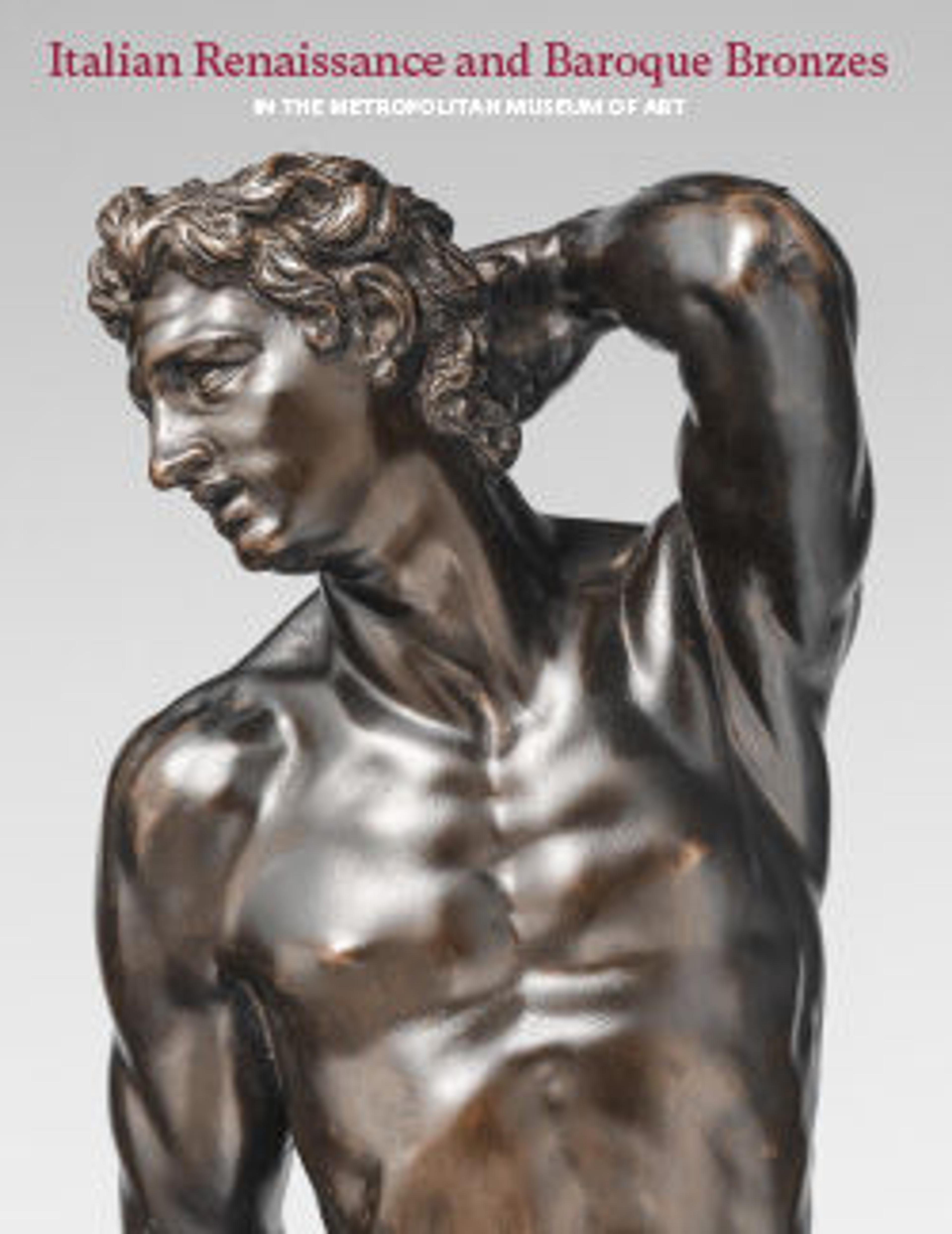Bacchus and a Panther
A large number of statuettes of this model exist, varying so much in their surface treatment that it is improbably that they were made at the same time and place. Some examples, such as another in the Metropolitan Museum (32.100.190), are less articulate than the Linsky Bacchus and have relatively matte surfaces, which might indicate Venetian workmanship. Attributions have ranged from the early-sixteenth-century Paduan goldsmith Francesco da Sant’Agata, to a Florentine under the influence of Benvenuto Cellini.[1] There is undoubtedly a Mannerist element in the svelte figure, but this is due largely to the ancient type that the artists were imitating. The classical precedent may have been a bronze statuette, since lost,[2] or a variation on a marble, such as one in Munich.[3]
[James D. Draper, 1984]
Footnotes:
[1] See H. R. Weirauch, Die Bildwerke in Bronze und in anderen Metallen, Munich, Bayerisches Nationalmuseum, 1956, no. 266.
[2] For the type, see S. Reinach, Répertoire de la statuaire greque et romaine, II, Paris, 1908, pl. 122, nos. 1, 2.
[3] A. Furtwängler, Beschreibung der Glyptothek, Munich, 1900, no. 226; the much-restored sculpture, from the Braschi collection, was originally an Apollo of the type of the Apollino in the Uffizi, Florence.
[James D. Draper, 1984]
Footnotes:
[1] See H. R. Weirauch, Die Bildwerke in Bronze und in anderen Metallen, Munich, Bayerisches Nationalmuseum, 1956, no. 266.
[2] For the type, see S. Reinach, Répertoire de la statuaire greque et romaine, II, Paris, 1908, pl. 122, nos. 1, 2.
[3] A. Furtwängler, Beschreibung der Glyptothek, Munich, 1900, no. 226; the much-restored sculpture, from the Braschi collection, was originally an Apollo of the type of the Apollino in the Uffizi, Florence.
Artwork Details
- Title:Bacchus and a Panther
- Date:16th–17th century
- Culture:Italian, probably Florence
- Medium:Bronze
- Dimensions:Overall (confirmed): 8 13/16 × 2 5/8 × 2 1/8 in. (22.4 × 6.7 × 5.4 cm)
- Classification:Sculpture-Bronze
- Credit Line:The Jack and Belle Linsky Collection, 1982
- Object Number:1982.60.99
- Curatorial Department: European Sculpture and Decorative Arts
More Artwork
Research Resources
The Met provides unparalleled resources for research and welcomes an international community of students and scholars. The Met's Open Access API is where creators and researchers can connect to the The Met collection. Open Access data and public domain images are available for unrestricted commercial and noncommercial use without permission or fee.
To request images under copyright and other restrictions, please use this Image Request form.
Feedback
We continue to research and examine historical and cultural context for objects in The Met collection. If you have comments or questions about this object record, please contact us using the form below. The Museum looks forward to receiving your comments.
